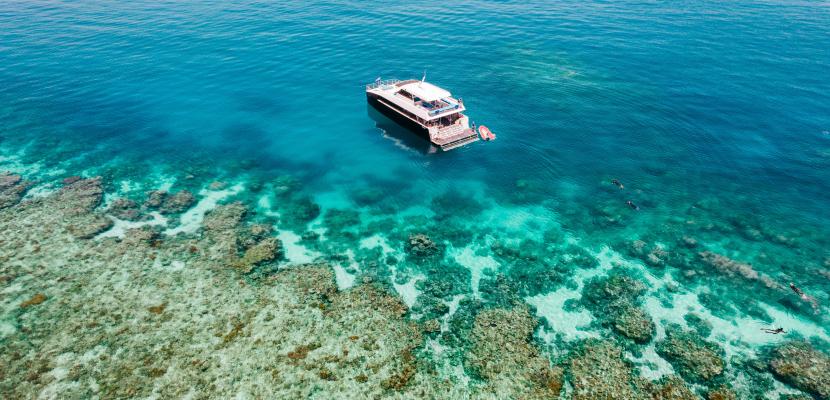
by Dr Jacob Deem
YOU CAN LISTEN TO THIS ARTICLE HERE.
There are few things as iconically Queensland as the Great Barrier Reef, the Daintree Rainforest and the Cowboys.
But if LNP Senator Matt Canavan had his way, North Queensland would split from the rest of the state.
Senator Canavan said there was a “chasm of mistrust” between regional Australians and city-based leaders, and creating a new state of North Queensland would revitalise the country.
It was a transparent attempt at causing Labor some headaches in regional seats ahead of October’s Queensland election.
Like daylight saving, the question of North Queensland statehood is an evergreen debate, ready to be tapped into for political points.
But even when argued in good faith, a Northern secession is an interesting idea that’s unlikely to succeed.
Under section 124 of the Australian Constitution, the formation of a North Queensland state would need to be approved by the Queensland Parliament – in effect, the Queensland government of the day would need to willingly let the North break away.
In May this year, crossbencher MP Robbie Katter introduced a motion to attempt just that, but it failed.
There are also questions about whether such a state would be economically viable.
Estimates of the revenue of the proposed new state are heavily dependent on where the state line would be drawn, but service delivery and cost of living in North Queensland would almost certainly be significantly more expensive.
While secession seems far-fetched, the underlying concern that regional and North Queenslanders are under-represented is an important one that does need to be addressed.
The sheer size of the state creates diverse experiences, and life can be very different from Coolangatta to Cairns to Clermont.
There is a real concern that politicians and policymakers in Brisbane and Canberra don’t embrace the needs and challenges regional Queenslanders face.
Further, Queensland is the only mainland Australian state where more residents live outside the capital city than within it, and its economy is also more decentralised than other states, with trade flowing horizontally from western producers to eastern ports up and down the coast.
These factors can mean local problems are not understood or not resolved.
But the answer is greater inclusion of regional perspectives, rather than pulling the state apart.
Doing so doesn’t have to be complicated or involve constitutional processes – it can be as simple as doing more to listen to local Members of Parliament and on-the-ground voices.
Going a step further, initiatives such as Regional Cabinets and the National Bush Summit, where state and federal leaders spend time in regional communities to hear their concerns, can be a great way of taking government beyond Brisbane and Canberra.
But to be truly successful, these initiatives need to be a genuine and stable fixture in the political calendar.
Without that commitment, the risk is that such actions are (or are seen as) political stunts and photo opportunities.
A step further still would be to strengthen local councils which are often the front line of service delivery in regional communities – not just about roads, rates and rubbish.
Croydon Shire Mayor Trevor Pickering is the latest in a long line of local government leaders warning that regional councils are not given the support they need.
On average local government is the most trusted level of government in Australia – a vital step in maintaining faith in our government system.
Finally, for those truly committed to structural reform, a better protection for regional voices would be to re-establish Queensland’s Upper House of Parliament.
Queensland is the only jurisdiction in Australia without an Upper House, leaving it uniquely vulnerable.
While many citizens would be justified in their scepticism of solving a problem by adding more politicians to the mix, Upper Houses provide an important check and balance against the government of the day, carefully reviewing laws and decisions of government.
On the specific issue of hearing regional voices, a Queensland Upper House could be set up to protect less populous regions.
For example, the Australian Senate (federal Parliament’s Upper House) gives each state 12 Senators, meaning Queensland is just as well represented as New South Wales despite having three million fewer people.
Victoria’s Legislative Council has a similar structure, giving eight regions across the state five representatives each.
North Queensland is a vibrant and valuable part of the state, and its people deserve to feel included in government.
After all, no matter how iconic the Great Barrier Reef, it’s Queenslanders who make this state what it is.
- Dr Jacob Deem is an Assistant Professor in the Faculty of Law at Bond University with research interests in public law, public policy, constitutional law and federalism.